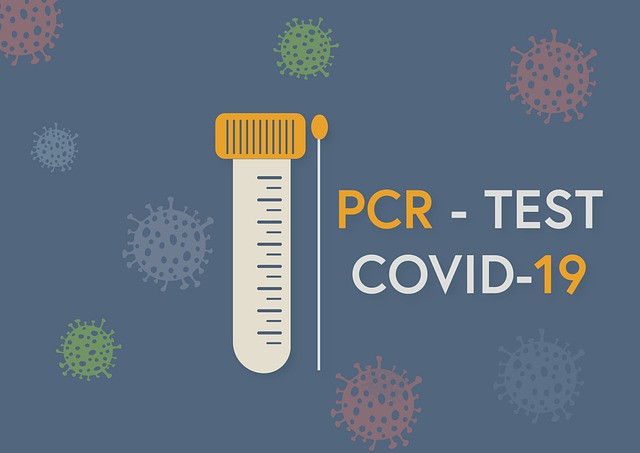In previous articles we learned that factors such as age, sex, diet, mood, and exercise of the animal may cause inaccurate biochemical test results in animals. In fact, the physician's actions may also affect this result.
1. Blood collection position
The balance between blood circulation and body fluid circulation is altered when the body position is changed. This may result in changes in the concentration of cellular components and macromolecules in the serum. In humans, serum concentrations of ALP, TG and ALB increase by more than 5 % when the blood sampling position is changed from prone to standing.
Different combinations of standing, sitting and lying positions in humans have been reported to have effects on various components of blood lipids. When humans stand (or use a tourniquet), water is transferred from intravascular to intertissue. Large molecules and large particulate matter (e.g., cells) cannot be filtered, resulting in a degree of blood concentration. The position of the blood draw for small animals should be held flat and with the limbs facing outward. Large animals need to lie flat on the ground or on a diagnostic table.
2. Blood sampling method
Improper blood sampling methods can cause hemolysis. Hemolysis can cause bias in the determination of many indicators. There are many reasons for hemolysis, such as unclean syringes or containers, small needles, excessive force, prolonged use of tourniquets, excessive foam, and direct injection of blood into the container through the needle after drawing.
Some people advocate not tying tourniquets when drawing blood, because tying can cause local bruising, hypoxia, edema and hemolysis. If a tourniquet is necessary, it should not be too tight and should not exceed 1 min.
Interference of hemolysis with other measurement parameters include.
-
1) High concentration of components in the blood cells may escape, resulting in high results. A slight hemolysis can have a significant impact on the measurement of these indicators. In addition, the escape of low concentrations of components from blood cells can lead to low results. For example, Ca2 +, Na +, Cl - and UA.
-
2) Blood cell components enter the serum. The concentration of other substances is changed due to chemical reactions. For example, phospholipids from red blood cells enter the serum and are hydrolyzed by phosphodiesterase in the serum. This causes a significant increase in serum inorganic phosphorus concentration.
-
3) The color of the hemoglobin itself can interfere with optical detection. For example, hemolysis causes a significant increase in bilirubin results measured by the diazo single reagent method.
In fact, the above three types of interferences exist simultaneously in hemolyzed specimens and can interact with each other. Thus, the affected test items are more complex. This is obviously not negligible in ultra-micro, high-precision and multi-indicator assays. Therefore, strict control of specimen hemolysis is an important aspect of test quality assurance.
3. specimens sent for testing
Many tests require pretreatment before formal analysis. Timely and appropriate specimen handling is something that every test taker must be familiar with and follow. For example, blood GLU concentration determination requires timely separation of serum to prevent glycolysis of blood cells. Electrolyte assays also require timely serum separation, especially for K+ assays. To prevent the transfer of K+ from intracellular to extracellular.
The quality of water for biochemical tests directly affects the accuracy and precision of the test results. The operator should provide the test water according to the actual requirements of the instrument or directly support the use of pure water equipment.
In terms of reagents, products from manufacturers that meet regulatory conditions should be selected. Also check its approval number and production number and other signs. After purchase, scientific tests should be conducted to verify whether it is compatible with the product quality requirements. Once approved and used, do not easily replace. Reagents should be properly stored and kept by a person as required. Ensure that it is used within the validity period to ensure the reliability of the reagent.
4. Effects of drugs
The physical and chemical changes caused by the drug entering the animal's body is one of the main factors for the deviation of clinical test results (non-pathological abnormal values). The drug itself, or its metabolites, can interfere with any step of the chemical assay.
A drug can interfere with an indicator test by its own physical properties. For example, the drug itself has a color or can fluoresce, or due to the chemical properties of the drug. Such as strong reducing properties, binding to proteins in complexes and inhibition of enzymes;.
Drugs can also interfere with biochemical assays through its physiological effects, pharmacological and toxicological effects. For example, dulcolax drugs can cause an increase in salivary amylase activity, which leads to an increase in total amylase activity. The adverse effects of many drugs cause changes in liver, kidney, hematopoietic function, and cause abnormal test results. Once this effect occurs, even if you stop the drug can not make the test results back to normal. For example, the use of large amounts of gentamicin and anti-tumor chemotherapy drugs, often cause damage to the kidneys, so that the urine protein, tube type and other abnormal results.
There are many kinds of drugs, such as erythromycin and para-aminosalicylic acid, which can cause abnormal liver function. Long-term infusions can dilute the blood samples of animals, resulting in low results of certain tests. Also, high concentrations of drugs entering the blood sample during intravenous administration can cause dramatic changes in many test results. For example, blood glucose values measured by blood collection can be affected after intravenous administration of glucose or mannitol.
In short, to avoid the impact of each link on the biochemical test results, in order to ensure the quality of biochemical tests. This will provide an accurate, reliable and timely diagnostic basis for clinical diagnosis and treatment.


